Kingdom Animalia Suborder Serpentes Subfamily Crotalinae Scientific name Atropoides nummifer Higher classification Atropoides Order Scaled reptiles | Subphylum Vertebrata Family Viperidae Genus Atropoides Phylum Chordata Rank Species | |
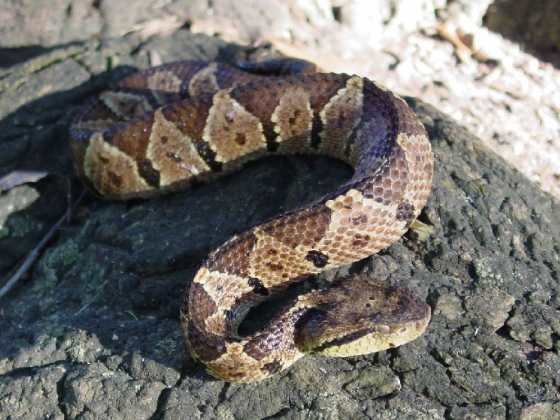 | ||
Lower classifications Atropoides nummifer mexicanus, Atropoides nummifer occiduus | ||
Manejando a soon mi atropoides nummifer
Atropoides nummifer is a venomous pitviper species endemic to Mexico and Central America. Currently, three subspecies are recognized, including the nominate subspecies described here.
Contents
- Manejando a soon mi atropoides nummifer
- Tepocho atropoides nummifer zoolo gico de san juan de arago n
- Description
- Geographic range
- Conservation status
- References
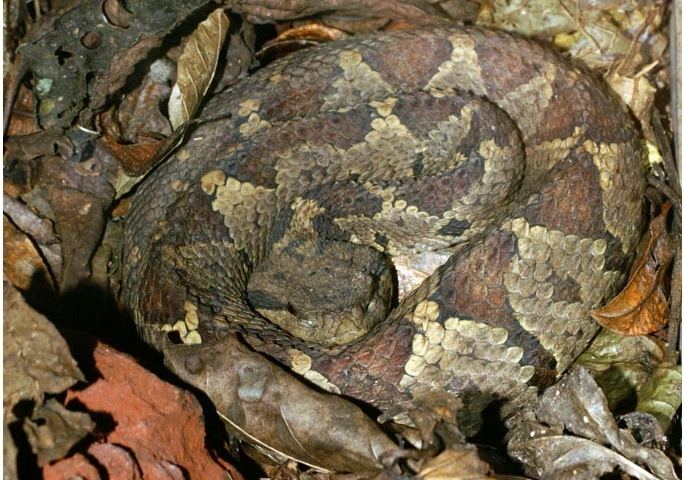
Tepocho atropoides nummifer zoolo gico de san juan de arago n
Description
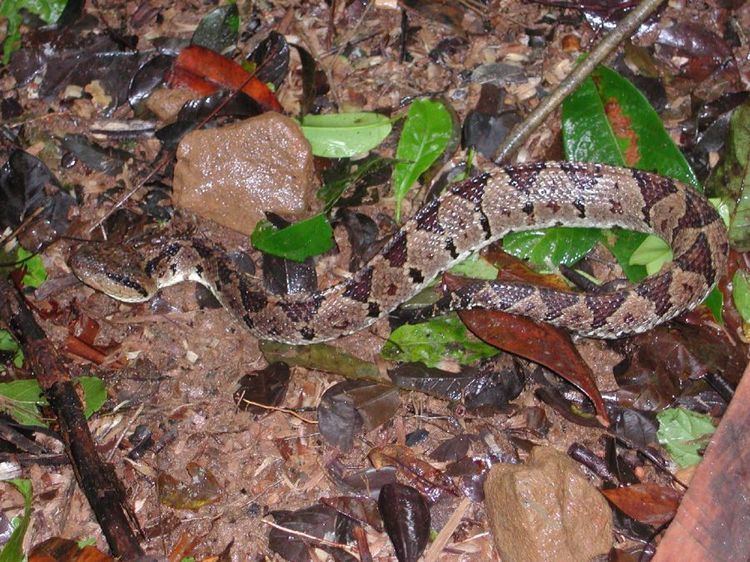
Adults are short and exceedingly stout, commonly growing to 18–24 inches (46–61 centimetres) in total length. The snout is rounded with a sharp canthus.
At midbody there are 23-27 rows of dorsal scales that are strongly keeled, tubercular in large specimens. The ventral scales are 121-135, while the subcaudals are 26-36 and mostly single. The eye is separated from the labial scales by 3-4 rows of small scales.
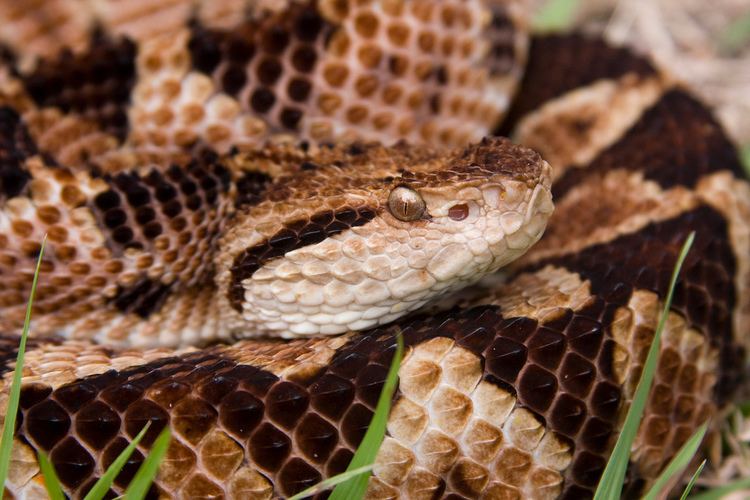
The color pattern consists of a tan, light brown or gray ground color that is overlaid with a series of around 20 dark brown or black rhomboid blotches. The lower tips of these blotches often connect with spots on the flanks to form narrow crossbands. The top of the head is dark with oblique postorbital stripes, below which the side of the head is a lighter color. The belly is whitish, occasionally with dark brown blotches.
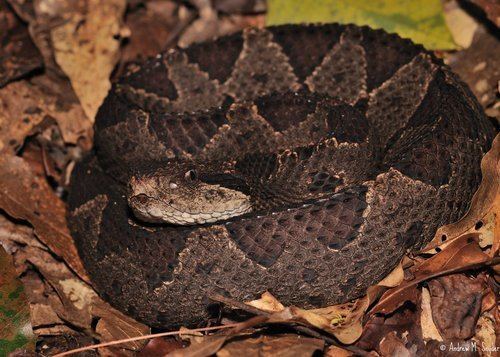
These snakes have sometimes been mistaken for young bushmasters (Lachesis muta), but can easily be identified by their lack of a specialized tail tip.
Geographic range
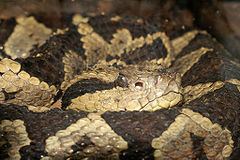
Found in eastern Mexico from San Luis Potosí southeastward on the Atlantic versant and lowlands through northern Guatemala, southern Belize, Honduras, Nicaragua and Costa Rica to central Panama. On the Pacific versant in disjunct populations from southern Mexico, Guatemala, El Salvador, Costa Rica and Panama. Found in various types of forest, including cloud forest and rain forest at 40–1,600 m (130–5,250 ft) altitude. The type originally lacked locality information, but apparently "Mexico" was filled in some time later. A restriction to Teapa, Tabasco, Mexico, was proposed by Burger (1950).
Conservation status
This species is classified as Least Concern (LC) on the IUCN Red List of Threatened Species (v3.1, 2001). Species are listed as such due to their wide distribution, presumed large population, or because it is unlikely to be declining fast enough to qualify for listing in a more threatened category. The population trend is stable. Year assessed: 2007.
